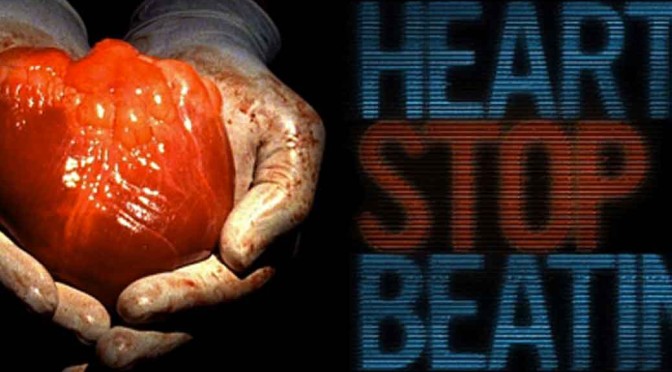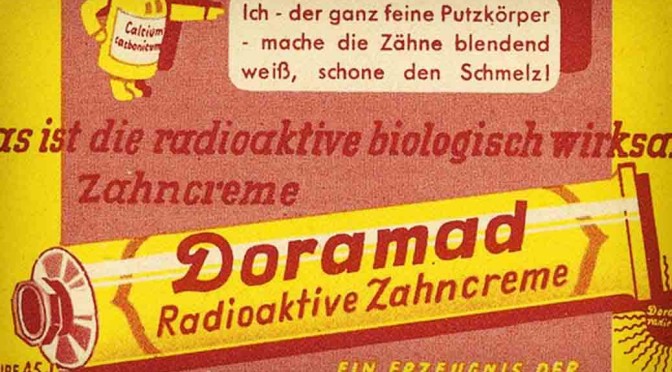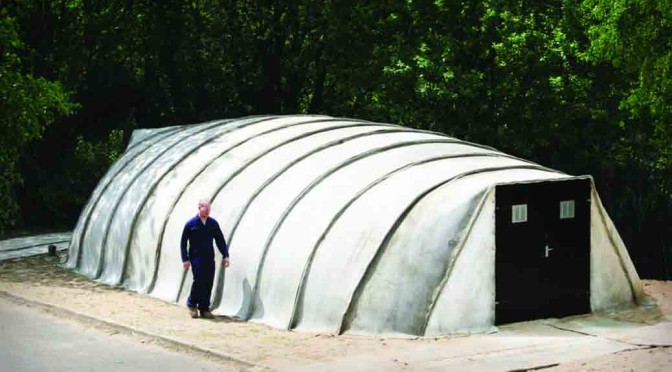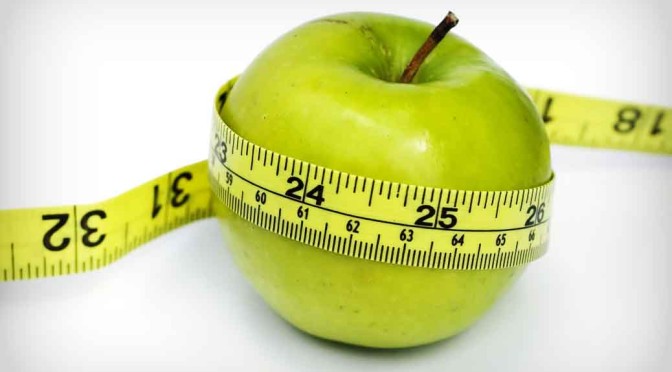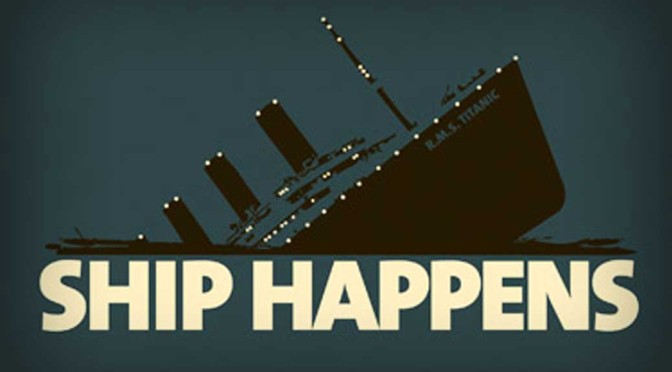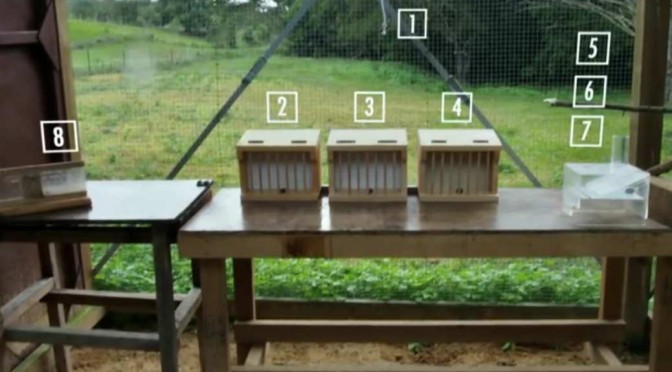By Anupum Pant
Today is a special day on Awesci because I’m publishing the first ever interview that has been done especially for the website – A talk with one of the creators of Useful Science, Jaan Altosaar. I hope I keep bringing more of these interesting talks in the future.
Useful Science – Background
Useful Science is a super-hit science website run by a team of grad students from some of the world’s top universities like MIT, McGill, UCSB, Oxford, and Johns Hopkins. The website does exactly what its name says – Publishes practically useful science research summaries (every of them is cited) that can be understood by anyone in 5 seconds or less – a marvelous concept, I must say.
Make sure you finish reading our talk because in the end Jaan shares a great piece of information, without which and article on AweSci wouldn’t be labeled as complete.
A: When did you start Useful Science? Could you share with us what goes behind the scenes at Useful Science?
J: We launched on January 15th, 2014. We use Trello to coordinate our team and review process, and many of us use RSS feed readers to stay on top of the latest research (e.g. we subscribe to research journals, EurekAlerts, and blog feeds). The backend (designed and run by Cameron Spencer at lab43.com) is built on Drupal. We use Google Analytics for tracking stats, Hootsuite for managing our social media profiles, and Mailchimp for our email list (subscribe here!).
A: How did all of you guys meet?
J: Most of us are connected through McGill (our alma mater) and more specifically, we lived together in Douglas Hall in first year! I reached out to the rest of the contributors after meeting them at graduate school open houses.
A: Where else on the web do the team members write?
J: A few of us have personal websites; they’re listed on Useful Science’s about page.
A: What advice will you give to the thousands of Indians who apply to graduate school every year?
J: I found the process time-consuming but worth it, and tried to organize my thoughts into a resource in the form of a blog post (focused on graduate school).
A: Why did you feel the need to start Useful Science?
J: We felt there was a gap in science communication. The question was: what would a website look like if every sentence on it was cited?
A: Judging from your backgrounds, you people just love science too much and do it for the joy of it, but do you ever wish to make money out of useful science?
J: We’d wish to make only enough to make the website sustainable. We are non-profit and any funds we receive through donations go directly to upkeep of the website (e.g. server costs and new features).
A: What revenue sources do you have in mind?
J: We’re hoping to integrate with Shirts.io so that anyone can order any of the one sentence summaries on a t-shirt.
A: I’ve read about you on Lifehacker, where else on the web, have you been featured?
J: We’ve been lucky to have been featured in BoingBoing, the McGill Science Undergraduate Research Journal’s blog, BetaKit, McGill’s Office for Science and Society blog, ITworld, the McGill Reporter, and Computerworld.
A: Before you go, could you share with us an interesting piece of science trivia for the day from any of your favorite areas?
J: One of my favorite areas of research focuses on the importance of mindset. Specifically, believing that intelligence is malleable and not fixed (i.e. it can be improved with practice) has been shown to improve grades. It’s great motivation for overcoming failure and pursuing deliberate practice.






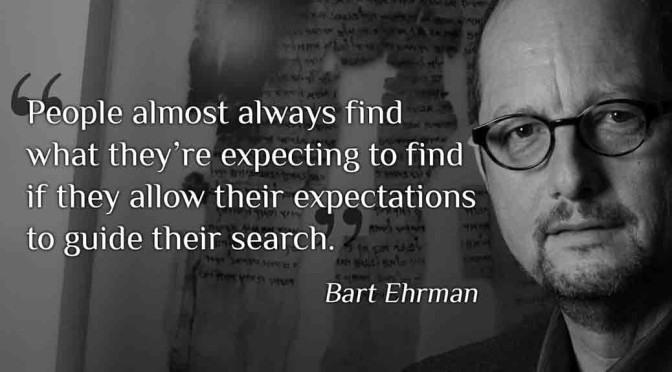





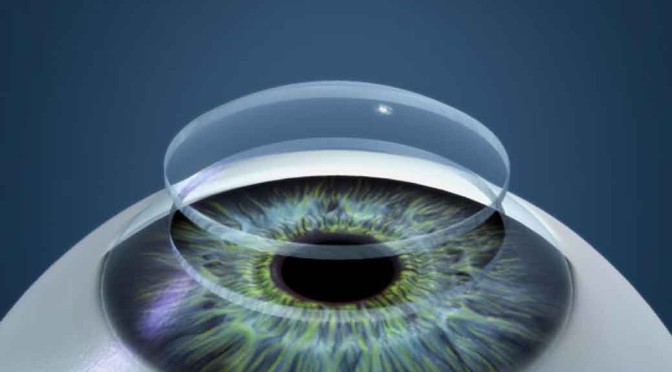
























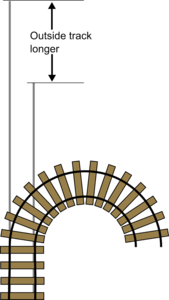 Train wheels are conical in shape. That means they have a varying diameter at different points of contact. Now, suppose the track turns right. The train’s left wheels now have to travel more than the right wheels because at the turn the track on the left is longer.
Train wheels are conical in shape. That means they have a varying diameter at different points of contact. Now, suppose the track turns right. The train’s left wheels now have to travel more than the right wheels because at the turn the track on the left is longer. touches at a point where the diameter of the wheel is lesser. Therefore, if the left wheel now makes one circle it travels further than the right wheels and the train moves along the curve smoothly.
touches at a point where the diameter of the wheel is lesser. Therefore, if the left wheel now makes one circle it travels further than the right wheels and the train moves along the curve smoothly.




